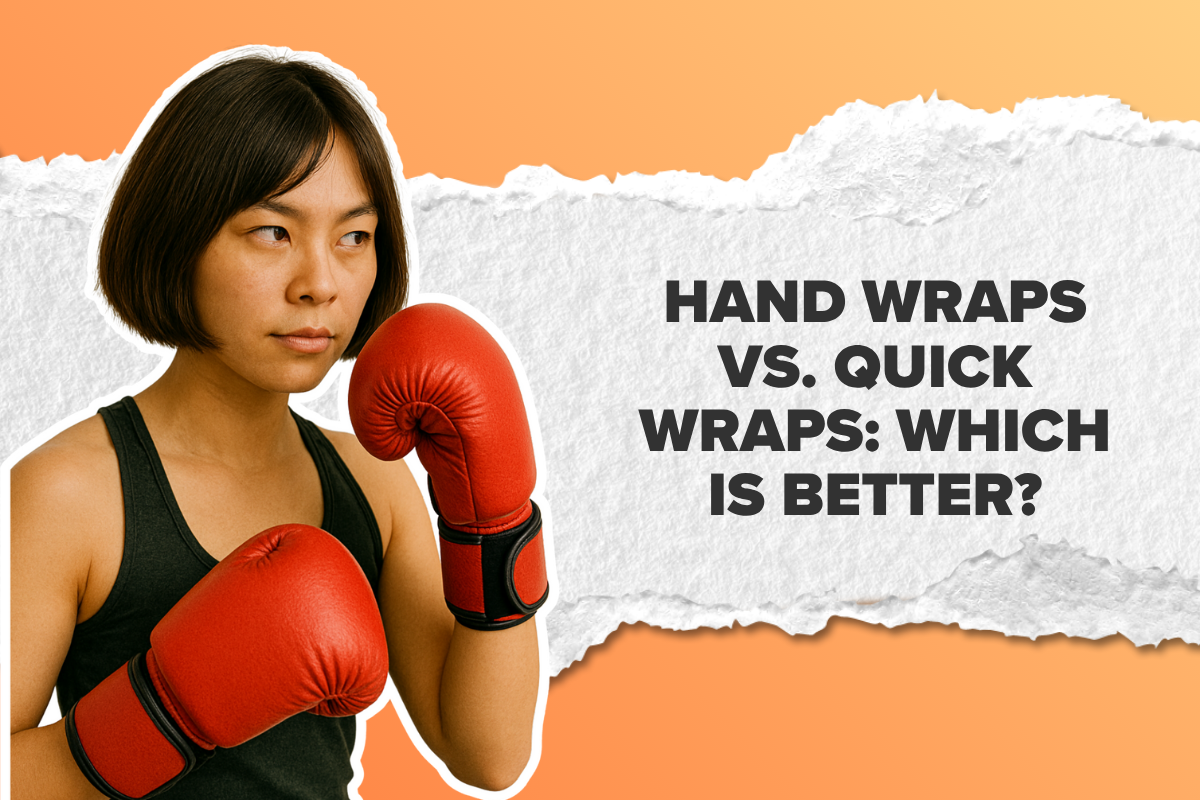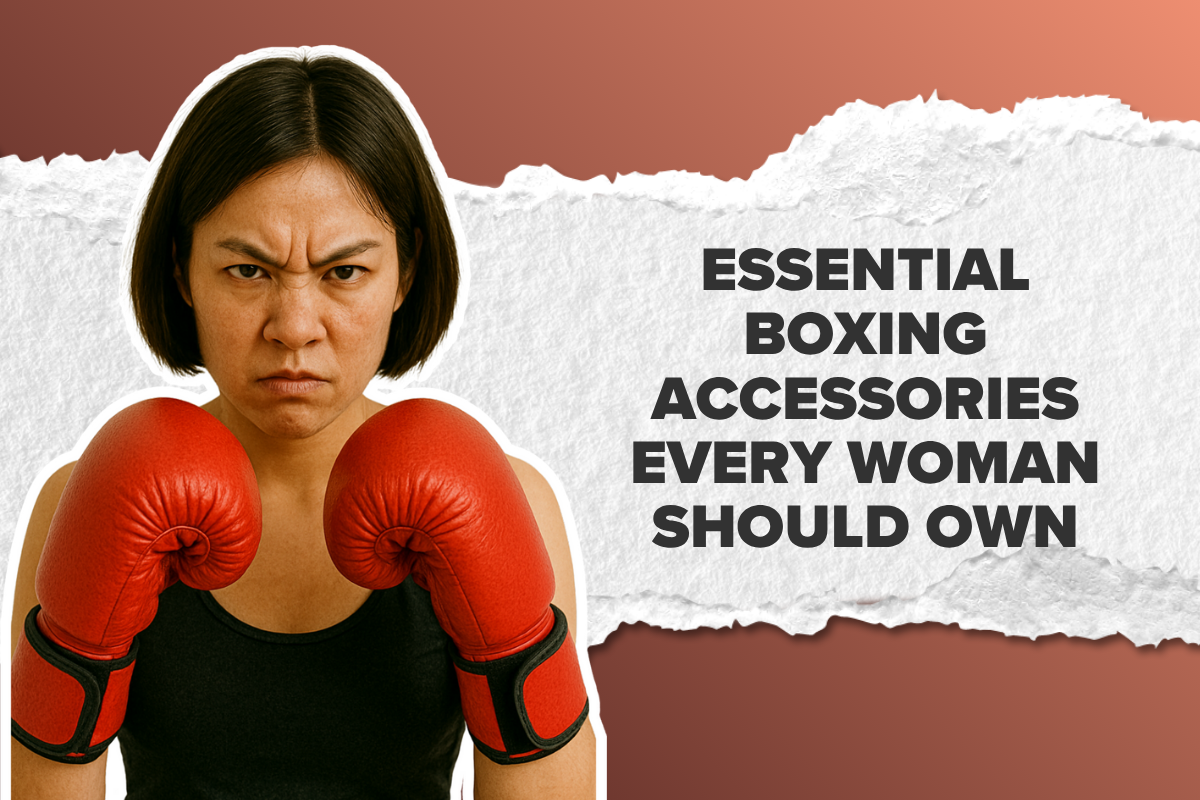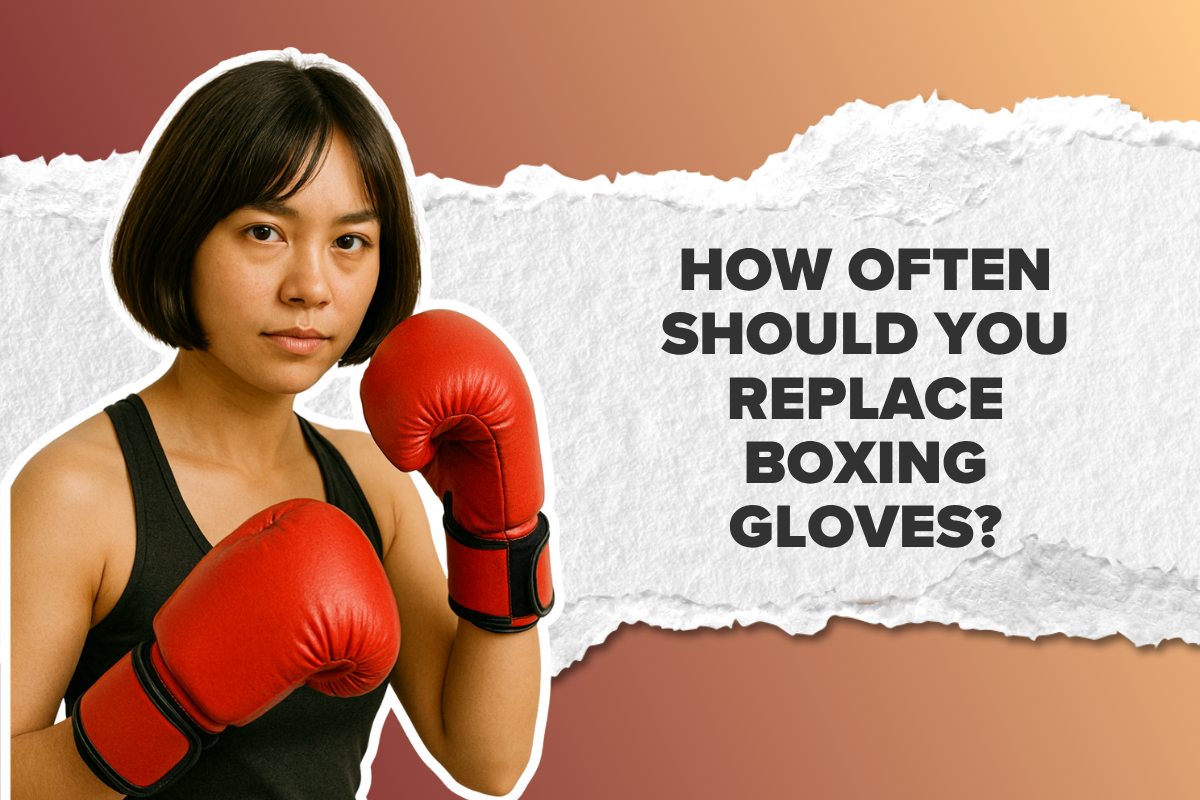Before you throw your first punch, one rule stands firm: protect your hands. Every boxer—beginner or pro—knows the importance of wrapping before slipping on gloves. But with new gear options like quick wraps now available, many wonder: are traditional hand wraps still the best choice? Or can quick wraps do the job just as well? Let’s break down both options so you can choose what’s right for your training style.
Why Hand Wrapping Matters
Your hands are made up of small bones and tendons that can easily be injured from repetitive impact. Wrapping provides structure and stability, securing your wrists, knuckles, and joints to absorb shock safely. Whether you’re hitting the heavy bag or sparring, wraps act as your first line of defense against sprains, fractures, and knuckle bruising.
What Are Traditional Hand Wraps?
Traditional wraps are long cotton or semi-elastic straps (usually 120"–180" long) that you manually wind around your hands before training. They’ve been the standard in boxing for decades—and for good reason.
Pros:
✅ Custom Fit: You can adjust tightness around knuckles, wrists, and thumb for a personalized feel.
✅ Superior Protection: Offers full coverage and excellent wrist support when wrapped correctly.
✅ Durable: Lasts for years with proper care.
✅ Affordable: Usually inexpensive and widely available.
Cons:
❌ Takes Time to Wrap: Expect 3–5 minutes per hand, especially when new.
❌ Requires Technique: Poor wrapping can lead to poor support or circulation issues.
❌ Needs Washing Often: Absorbs sweat easily, so hygiene upkeep is a must.
What Are Quick Wraps?
Quick wraps (also called gel wraps or inner gloves) are a modern alternative. They slip on like fingerless gloves and typically feature gel or foam padding across the knuckles, with a short Velcro strap for wrist support.
Pros:
✅ Fast and Convenient: Takes seconds to put on—perfect for quick sessions.
✅ Comfortable: The gel padding feels cushioned and fits snugly under gloves.
✅ Great for Beginners: No wrapping skills required.
✅ Easier to Clean: Usually machine-washable and dry faster than cotton wraps.
Cons:
❌ Less Support: Doesn’t provide the same firm wrist stability as full wraps.
❌ Limited Adjustability: One fit for all—harder to tailor to your specific hand shape.
❌ Wears Out Faster: Gel padding can flatten or tear with heavy use.
❌ Not Ideal for Sparring: Most gyms recommend traditional wraps for partner drills or fights.
Key Differences at a Glance
| Feature | Traditional Hand Wraps | Quick Wraps / Gel Wraps |
|---|---|---|
| Setup Time | 3–5 minutes per hand | 10–20 seconds per hand |
| Support Level | Excellent wrist and knuckle support | Moderate support |
| Durability | High (can last years) | Medium (gel may flatten over time) |
| Comfort | Customizable fit | Soft and easy to wear |
| Ideal Use | Heavy bag work, sparring, competition | Quick workouts, cardio boxing, fitness classes |
| Price Range | $8–$15 USD per pair | $15–$30 USD per pair |
When to Use Each Type
🥊 Choose Traditional Hand Wraps If:
-
You’re training regularly or competitively.
-
You want maximum wrist and knuckle protection.
-
You do heavy bag or sparring work.
-
You value long-term durability.
⚡ Choose Quick Wraps If:
-
You’re a beginner or casual boxer.
-
You prefer convenience or train during short sessions.
-
You’re doing cardio boxing or light bag work.
-
You want easy-to-clean wraps for travel or gym use.
Can You Use Both?
Absolutely. Many boxers keep both types on hand:
-
Quick wraps for casual or time-crunched workouts.
-
Traditional wraps for intense sessions or sparring.
Some fighters even use quick wraps as an inner layer beneath cotton wraps for extra knuckle padding—though this is optional and not always necessary.
How to Make Your Wraps Last Longer
-
Wash regularly to prevent odor and bacteria buildup.
-
Air dry only—avoid tumble dryers to keep elasticity.
-
Roll them neatly after use to save time wrapping next session.
-
Keep multiple pairs so you can rotate and reduce wear.
Final Thoughts
When it comes to hand wraps vs. quick wraps, the choice depends on your goals and training intensity. Traditional wraps still reign supreme for protection and longevity, while quick wraps offer unbeatable convenience for everyday workouts. If you’re serious about boxing or sparring, stick with traditional wraps. If you’re hitting the bag for fitness, quick wraps are perfectly fine.
Either way, keeping your hands protected means you can train harder, punch faster, and stay injury-free.
And when you’re ready to pair your wraps with gloves that fit perfectly, check out KO Studio—a women’s boxing gear company dedicated to creating high-quality equipment that supports every fighter’s journey.



